Searching about Baby Llamas?
Llamas are native to the Andes mountains in South America. Their scientific name is Lama Glama. Today, they have migrated to North America and Asia!

Llama in South America is a broad term that refers to different animals part of the Camelidae family. It includes true llama, alpaca, vicuna, and guanaco. Llamas were imported to the United States as zoo animals.
A baby llama is called cria. “Cria” is the Spanish term meaning baby. Llama babies weigh between 9 to 14 kilograms. The cria is born during the day. The timing of birth is crucial to increase the baby llama’s fertility rate. 5 months is the weaning time for a llama baby.
Male baby llamas have 6 new teeth within 2 years. These teeth are sharp and are called “fighting teeth.” They are however extracted once they grow up.
Baby Llama Habitat
Llamas are hardy animals and adapt easily. They need land to graze on in the summer. Freshwater must be accessible to the llamas at all times. A group of llamas is referred to as a herd. They belong in a group. Separating them, or adopting just one as a pet is not a good idea. Llamas originate from cold and arid mountain tops. Today they are seen across grasslands.
A guard animal is always with the herd. Llamas are aggressive towards predators. The guard animal usually a neutered horse helps maintain peace.
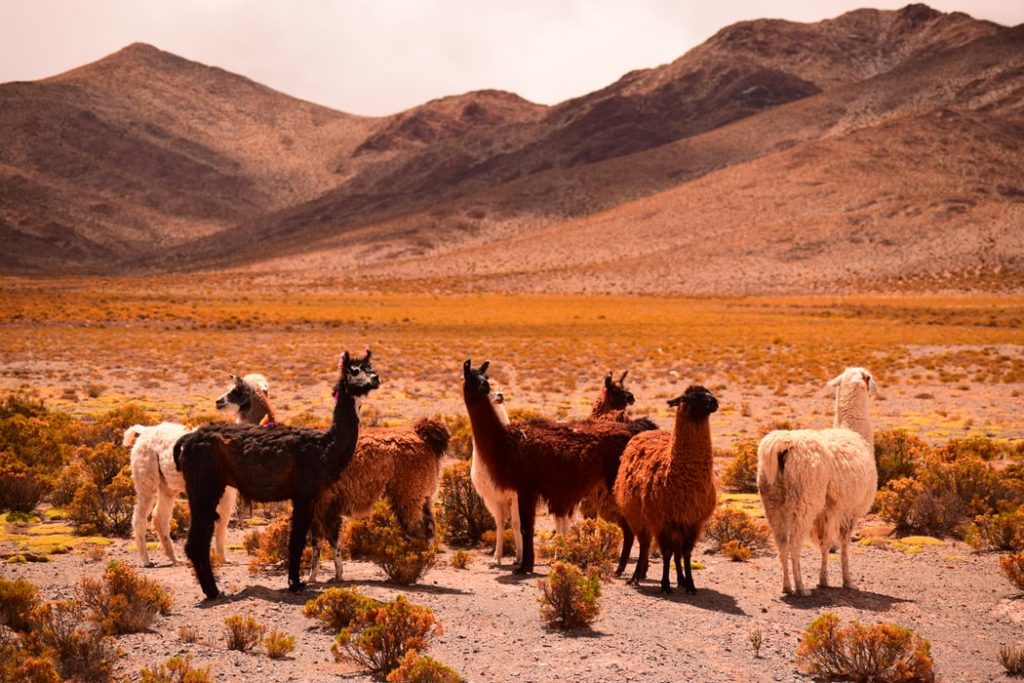
Baby Llama Characteristics
Llamas do not have hooves. It has a leather sole and two toes for feet. A llama is similar to a camel, but it lacks the hump of the latter. The baby llama grows to be at least 6 feet tall, from the top of their head. Llama babies’ fur can be brown, black, white or even gray.
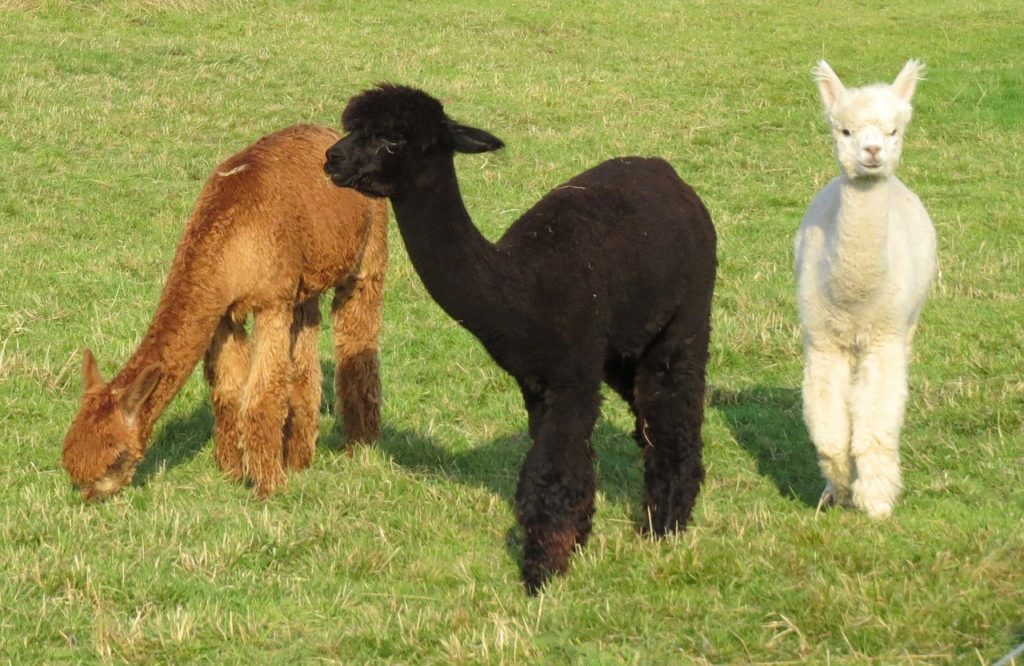
Depending on their fur coats, baby llamas can be differentiated. Short coated are called Ccara. Medium coat llamas are known as Curaca. Llamas have heightened senses. Llamas can run for 35 miles per hour.
Llama wool is used to make rugs, fabrics. Their hide is used to make leather. Baby llamas when grown-up are also used to transport goods.
Baby Llama Lifespan
The average lifespan of a llama is 14 to 20 years.
The average gestation period is about 10 to 11 months. Twin baby llamas are rare. The male baby llamas take 24 months to mature fully. Female llama babies, on the other hand, mature within 18 months.
Baby llamas are given birth to while standing up. Llama babies begin walking within the first hour of their birth.
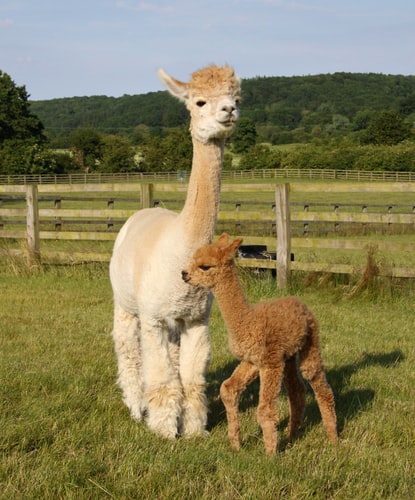
Baby Llama Diet
Baby llamas are herbivores. Llamas eat only plants. On a farm, llama babies consume up to 6 pounds of hay daily.
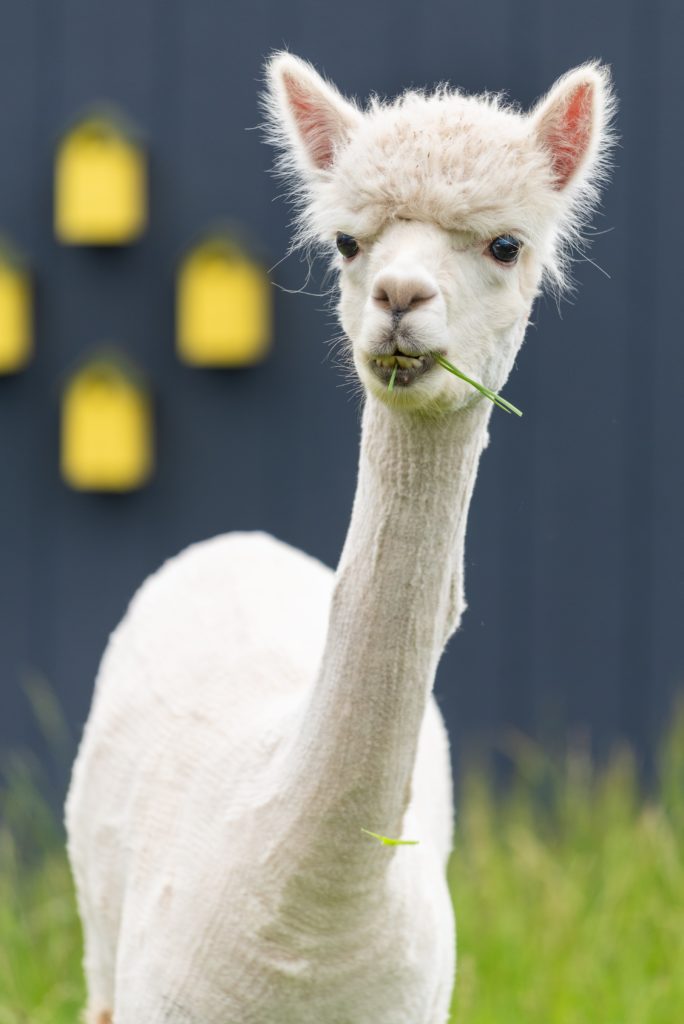
Llamas Communication
Llamas tend to spit a lot.
They spit to establish dominance. The female llama spits to keep her herd huddled together and to resolve misunderstandings. Llamas make a shrill sound when they are upset or frightened.
An angry Llama will lay its ears back. Llamas are gentle animals and big flirts! They make a clucking sound while flirting with Dams. Llamas also hum often for a variety of reasons. 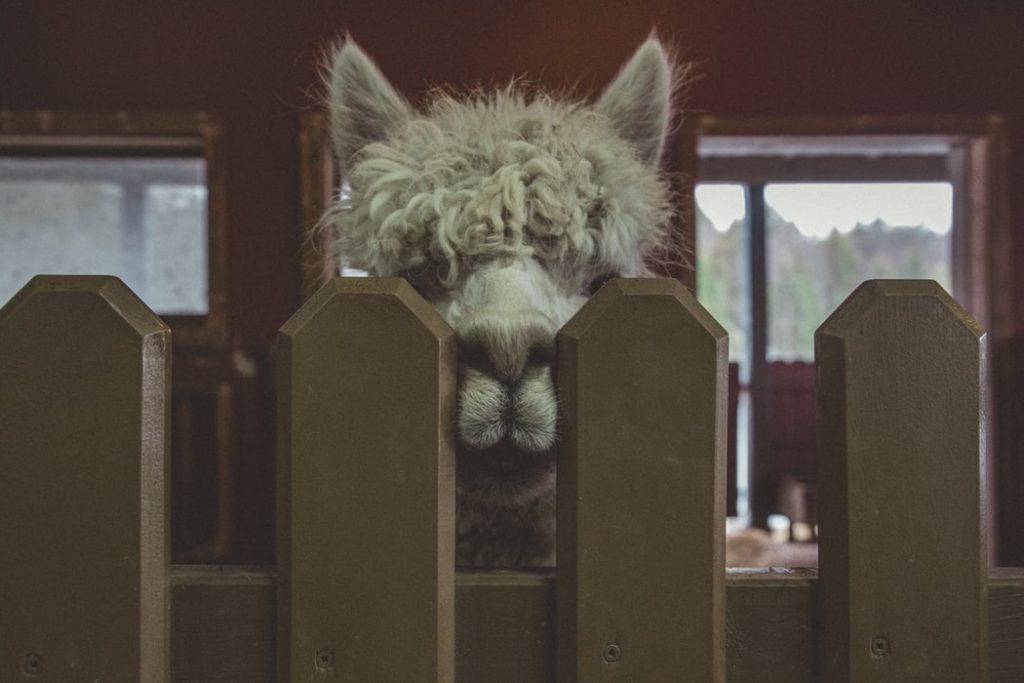
Baby llamas are greeted by their mothers via hum.
Can’t get enough of exotic pets? Check out my post on Sugar Gliders as pets!
Llama Fun Facts
- Bolivia’s national animal is a Llama.
- A female llama is called a Dam.
- Male Llamas and Alpacas are called studs. Castrated llamas are called geldings.
- An adolescent llama is known as Tuis.
- Llamas have a more elongated head, compared to an Alpaca. Llamas also weigh at least 200 pounds more than an Alpaca. Llamas have ears shaped like a banana, while Alpacas have shorter ears.
- Llamas use their long necks for balance while climbing up.
- Baby llamas are diurnal throughout their life. That is, they are active during the day and are asleep at night.
- Llamas are sacred animals to people of the Andes mountain range.
- The adorable llama babies grow up to become farm attractions. Farms offer llama trekking, wherein one can talk a llama out for a stroll.
- Llamas are credited to have helped with the construction of Machu Picchu.
- A huarizo is a result of interbreeding between Llamas and Alpacas.
- Llamas are used as therapy animals across states. They are friendly and calm.
Llama Baby Gifts
Baby llamas are so adorable, that they are widely used in adverts by companies. Llama babies are also common in books and different clothes.
Here are few baby llama clothes to purchase from Amazon, because why not?! Here are a few samples to check out!
- This Lucky the Llama Burp Cloth. Click here to purchase it!
- Dress up your kids, with this cute baby Llama unisex night suit! To find your size, click here
- Feeling Punny? Oh go ahead and purchase this Romper! Your baby will look as adorable as a baby llama! Check it out
- This colorful romper with baby llamas will transport you to the Andes! Look at those Cacti!
- Haven’t bought your Christmas gifts yet? Buy this cute little llama baby sweater! It’s cold outside!
- Fancy a cool bib for your child? Fear not! This cool llama baby bib is here just for you!
- Make your diaper bag stand out. This llama printed colorful diaper bag is washable too!
- This winter, bundle up your kids with warm clothes. Don’t forget these cute baby llama socks too!
- Baby llama bib for your own little baby. Go shop this monochrome bib!
- Wrap your baby in this llama baby cloth! It is chic, it is colorful, it is necessary! It has colorful baby llamas, smart one-liners and tiny cacti!!
The web is filled with different gifts that have llamas. Baby llamas are available even as stuffed toys and children’s books. Llamas are not on the brink of extinction. However, if you get the opportunity to meet a llama, do not miss it!
Go befriend these friendly mammals that are bound to make your day. If not, just look at these photos of baby llamas, and keep coming back to admire them!
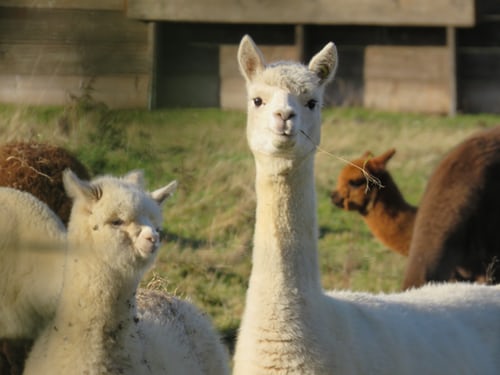
Some frequently asked questions on Baby llamas
-
How long do baby llamas stay with their mothers?
Baby llamas typically stay with their mothers for about six months to a year, during which they learn important social and survival skills before becoming independent. -
How can I socialize a baby llama?
Socializing a baby llama involves regular interaction with humans and other animals from an early age, providing gentle handling, positive experiences, and exposure to various environments to build trust and confidence. -
What are some common health issues in baby llamas?
Common health issues in baby llamas include diarrhea, respiratory infections, parasites, and nutritional deficiencies. Regular veterinary check-ups, proper nutrition, and hygiene practices can help prevent and address these issues. -
How long does it take for a baby llama to walk?
Baby llamas can typically stand and walk within an hour of being born, although their movements may be a bit wobbly initially. They gradually gain strength and coordination over the first few days.
-
How long do baby llamas stay with their mothers?
Baby llamas typically stay with their mothers for about six months to a year, during which they learn important social and survival skills before becoming independent. -
How can I socialize a baby llama?
Socializing a baby llama involves regular interaction with humans and other animals from an early age, providing gentle handling, positive experiences, and exposure to various environments to build trust and confidence. -
What are some common health issues in baby llamas?
Common health issues in baby llamas include diarrhea, respiratory infections, parasites, and nutritional deficiencies. Regular veterinary check-ups, proper nutrition, and hygiene practices can help prevent and address these issues. -
How long does it take for a baby llama to walk?
Baby llamas can typically stand and walk within an hour of being born, although their movements may be a bit wobbly initially. They gradually gain strength and coordination over the first few days.
In conclusion, raising baby llamas requires patience, knowledge, and a nurturing environment. By providing proper care, nutrition, and socialization, you can watch these adorable creatures thrive and grow into healthy adults. Embrace the joy of raising baby llamas and create a lasting bond with these charming animals.
